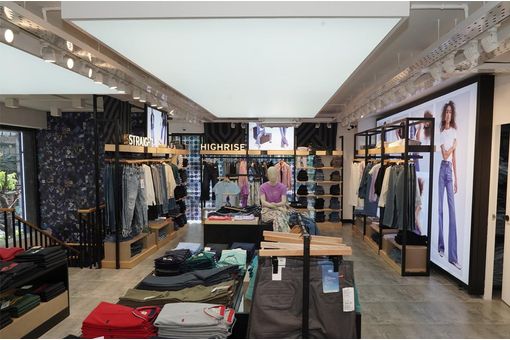Namogoo report gauges digital malware impact on e-tailers

Client-side digital malware is impacting e-commerce revenue more than ever before, as new malware is created and distributed every day. Combined with widespread use of free unsecured Wifi and the ever-increasing shift in consumer shopping behaviour to online, the impact is significant.
The report says that 15–25 per cent of user sessions are infected with digital malware. During infected sessions, between 40–70 per cent of malware ad injections include competitive product ads that lure or drive traffic away from a retailer’s site. The reports also notes that between 7–12 per cent of sessions tested included browser bots designed to skew site analytics for the retailer through non-human activity and hide digital malware that had been installed.
The data in the benchmark report is drawn from Namogoo’s monitoring of 500 million website sessions across a range of industries over a 6-month period (January–June 2017). The report outlines the current infection rate of consumer machines, the rate of infected online sessions, causes for fluctuation, and guidance on how online businesses can protect the customer journey and win back lost revenue.
“Online businesses need a better way to compete with marketplace giants like Amazon and Walmart. That starts by ensuring their own sites provide an optimal customer experience – one free of distracting pop-ups and competing product ads that lure hard-earned traffic away from their store,” said Chemi Katz, co-founder and CEO of Namogoo.
“Not only are shoppers unaware of why this is happening, but retailers have zero visibility into this disruptive activity. The disconnect manifests in a negative impact on customer experience, unexplained decreases in conversion rates and, ultimately, millions in lost revenue,” added Katz.
Previous years’ data shows a surge of infection rates during peak shopping seasons, such as Back-to-School (August), when infection rates jump from 15–17 per cent to 20–30 per cent and during the holiday season (October – December), when infection rates surge to 25–30 per cent. The trend is expected to continue throughout the remainder of 2017, with rates potentially skyrocketing to 30–50 per cent as the proliferation of digital malware continues. (KD)
Fibre2Fashion News Desk – India
































-Ltd..jpg?tr=w-120,h-60,c-at_max,cm-pad_resize,bg-ffffff)





.jpg?tr=w-120,h-60,c-at_max,cm-pad_resize,bg-ffffff)
.jpg?tr=w-120,h-60,c-at_max,cm-pad_resize,bg-ffffff)






